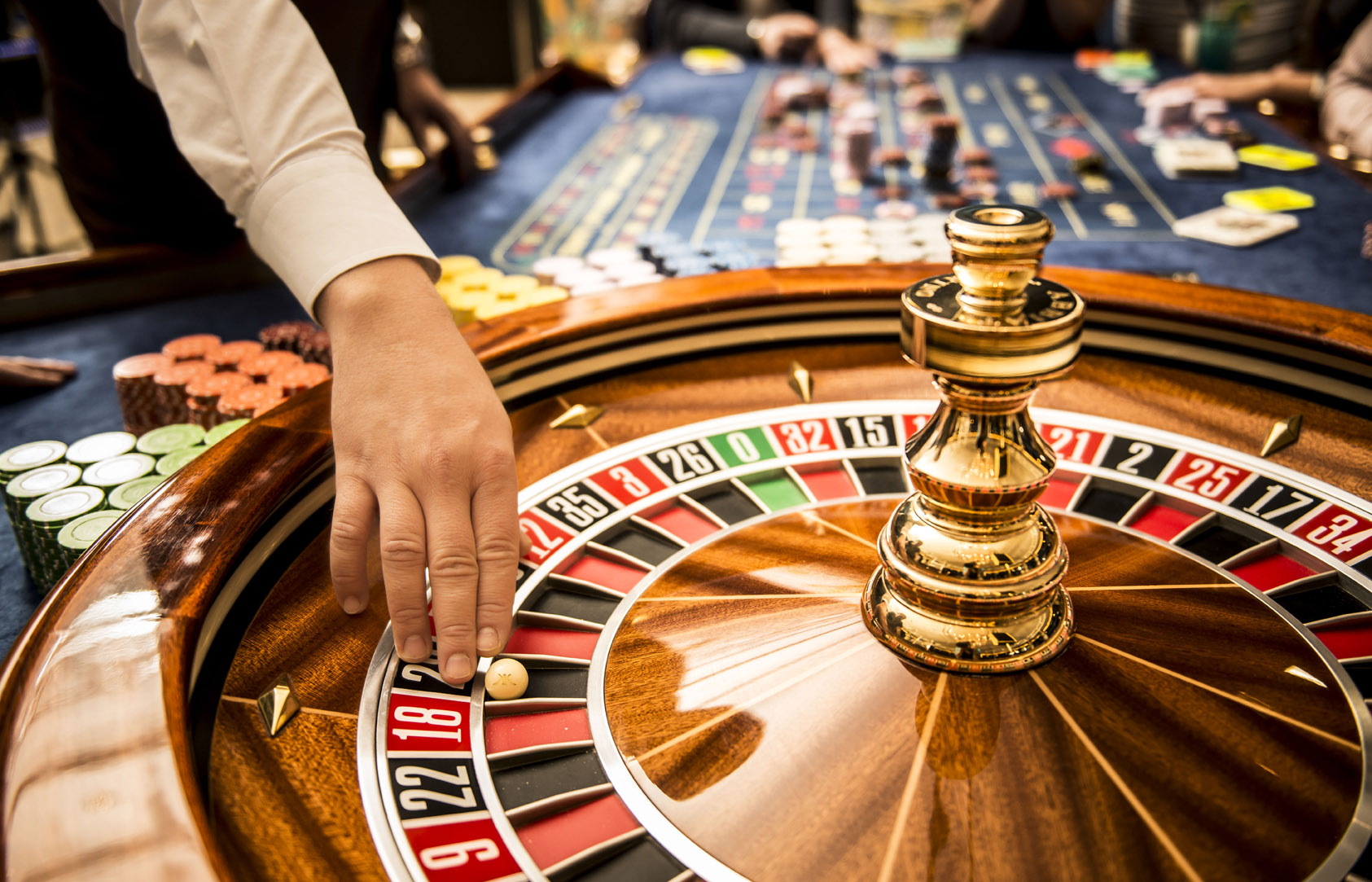In a dynamic and exciting world of gaming establishments, where luck and tactics intertwine, color and aesthetic play a pivotal role in drawing in gamblers. From the moment visitors step into a casino or log into a gaming platform, they are enveloped in a visual feast that grabs their attention and entices them to discover more. Bright colors, captivating graphics, and innovative layouts are meticulously crafted to create an environment of excitement and anticipation, ultimately enhancing the gaming encounter.
While gamblers move through the dynamic landscape of casino games, they come across a variety of designs that not only serve visual purposes but also influence emotions and decision-making. Colors like red and gold symbolize wealth and luck, while calm navy and emeralds can create a much relaxed environment. Understanding how these elements work together enables casinos to create an welcoming and energizing atmosphere that encourages players to interact with the games, invest additional time at the tables, and increase their overall enjoyment.
The Psychology of Hue in Casino Games
Tint plays a key role in the development of casino games, shaping players’ feelings and behaviors. Bright and striking hues, such as scarlet and yellow, are often used to incite thrill and attract attention. These shades create a sense of urgency and dynamism, encouraging gamblers to engage more eagerly with the game. By intentionally selecting colors, creators aim to elicit emotions of joy and excitement, which can enhance the overall gaming experience.
Different shades also have psychological meanings that can impact how gamblers perceive their odds of success. For example, green is frequently associated with fortune and wealth, making it a frequent choice in games like roulette and poker tables. This association can cause gamblers to feel more optimistic and confident in their play, ultimately inspiring them to bet more. Grasping these associations allows game creators to craft environments that enhance player happiness and engagement.
Moreover, the design of gambling game interfaces often uses color gradients and contrasting hues to instruct player actions. For instance, successful outcomes may be accentuated with vivid, opposing colors, creating a visual cue. This technique strengthens successful results and promotes repeated engagement. By utilizing the psychology of color, gaming venues can develop activities that not only attract participants but also maintain them interested and committed in their game experience.
Creative Features that Engage Gamers
The visual appeal of casino games is primarily influenced by the use of vibrant colors. Bright and contrasting colors are deliberately chosen to create an inviting atmosphere that captures interest. For example, crimson and golden hues often signify good fortune and prosperity, which is why they are common in the palettes of slot machines and game surfaces. These colors not only attract players in, but they also evoke emotions associated with excitement and anticipation, enhancing the overall gaming experience.
In addition to color, the aesthetic and layout of casino games play a significant role in captivating players. 8OK Games are designed to be intuitive, ensuring that players can quickly understand the rules and gameplay. User-friendly interfaces, along with engaging graphics and motion, help maintain player interest and encourage extended play sessions. The tactile elements, such as the feel of the buttons and the sounds of the games, also add to a comprehensive sensory experience that keeps players immersed.

Finally, thematic elements in gaming design can greatly influence player choice. Many gambling games are inspired by popular culture, myths, or exploration motifs, featuring symbols and characters that connect with players. These themes create a sense of engagement and connection, making each game feel unique. When players feel a bond to the theme, they are more likely to choose that game over others, leading to higher participation and excitement within the casino environment.
Case Studies: Effective Gambling Game Designs
One key example of successful gambling game design is the well-known slot machine series themed around blockbuster movies. Games such as those based on the The Wizard of Oz and Game of Thrones utilize bright colors and top-notch graphics to engage players in recognizable narratives. The use of dynamic visuals and captivating sound effects takes the attention of players, building an psychological connection to the theme. This strategy not only fosters longer play but also improves the overall gaming experience, resulting in increased player retention.
Another successful case is the application of the psychology of color in table games like 21 and roulette. Casinos often design these games with rich reds and greens, colors traditionally associated with luck and wealth. For instance, the green felt on a 21 table provides a calming effect, while the crimson accents in roulette invite excitement. This thoughtful use of color helps to establish an inviting atmosphere that encourages players to engage, fulfilling their psychological impulses and enhancing their enjoyment.
Finally, social casino games that feature social features and vivid, dynamic designs have seen remarkable success in engaging players. Games like Zynga Poker and Slotomania leverage striking colors and playful animations to create an inviting online environment. The addition of leaderboards, community sharing options, and in-app rewards fosters competition and community, attracting players in for longer sessions. Such designs not just make the games visually enticing but also emphasize community engagement, a key factor in player retention and engagement within digital casino environments.